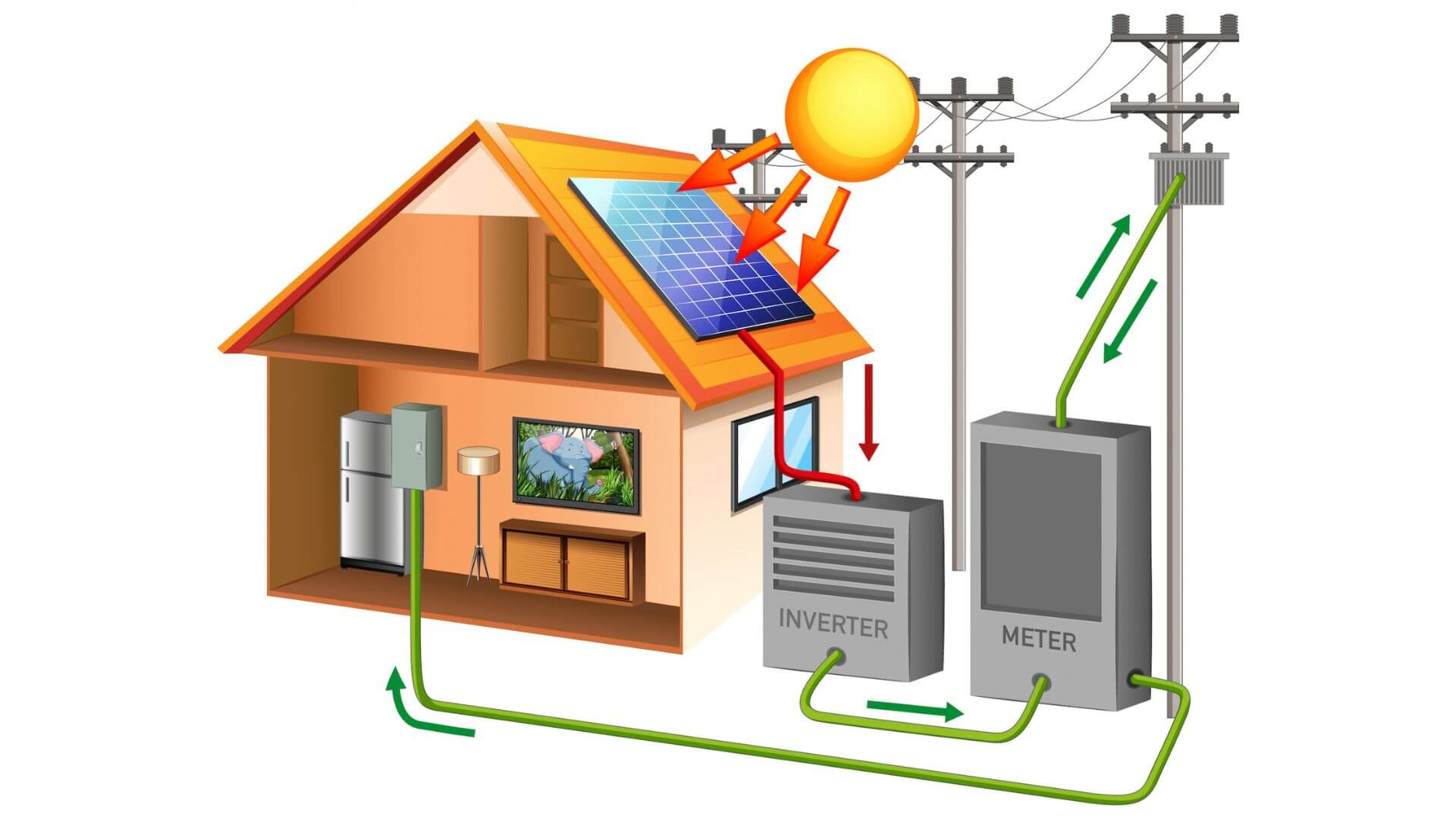Eco-Friendly Living In Wisconsin
Wisconsin has stunning landscapes and vibrant seasons. It values its natural beauty. So, it is becoming a beacon for eco-friendly living.
The community plays a pivotal role in the eco-friendly movement within the state. Many neighborhoods in Wisconsin promote community gardening and recycling. They support local conservation projects, too. These efforts unite residents and foster shared responsibility. This action improves life and fosters a sustainable culture for future generations. As families look to the future, Wisconsin stands out as both a pioneer and a partner in the journey toward sustainable living.
Eco-friendly living in Wisconsin means more than a green home. It's about a lifestyle that nurtures the environment.
Key Features Of Sustainable Home Designs
With families wanting to cut their environmental impact, demand for sustainable housing has grown. Wisconsin's progressive policies and community spirit suit eco-friendly people.
Eco-friendly homes in Wisconsin are pursuing sustainable family living. They use innovative designs that harmonize with the local environment and modern families' needs.
Water conservation is vital. Many homes now use low-flow fixtures, rainwater systems, and drought-resistant gardens to cut water use. Sustainable materials play a significant role in eco-friendly home design. Homes are built with recycled, local, non-toxic materials. This reduces environmental harm from construction. It also creates a healthy home for families.
Benefits Of Solar Panels in In Eco-Friendly Communities
A key feature of these homes is energy efficiency. It comes from high-performance insulation, energy-efficient windows, and advanced heating and cooling systems.
They work together to save energy. This cuts utility costs and reduces harm to the environment. Solar panels are common now. They use Wisconsin's sunshine for renewable energy.
Wisconsin families cherish the natural landscape. Eco-friendly living deepens their bond with nature and promotes sustainability. A key benefit is a smaller carbon footprint. This comes from energy-efficient homes with solar panels, good insulation, and eco-friendly materials.
It helps the local ecosystem. It also cuts utility bills, saving money.
Top Eco-Friendly Communities in Wisconsin
Sustainable homes have abundant natural light and better air quality. Their quietness lowers stress and improves health. Wisconsin families who embrace these lifestyles benefit. They adopt a progressive, eco-friendly approach that supports their well-being and the planet. Wisconsin has many communities that prioritize sustainability. They offer an eco-friendly lifestyle for those who value it.
Madison, the state's capital, stands out with its profound dedication to environmental stewardship. The city has many green spaces and bike paths. Eco-friendly policies support them. Madison's push for renewable energy and green transit sets a benchmark for eco-friendly living.
Eau Claire is emerging as another beacon of sustainability in Wisconsin. The city is known for its award-winning recycling program. It has also committed resources to renewable energy. Eau Claire promotes sustainable urban planning. It incentivizes green building practices for developers and homeowners. This fosters a culture of environmental responsibility.
In the Milwaukee metro area, Shorewood is known for its environmental initiatives. Shorewood aims to cut carbon emissions. It encourages energy efficiency and sustainable water use. This will lower its environmental impact and improve community living standards.
Assessing Community Commitment to Sustainability
When choosing a community in Wisconsin for your family, consider eco-friendly, sustainable living. One of the primary considerations should be the community's commitment to sustainability:
1. Environmental Programs: Look for neighborhoods that actively participate in environmental conservation efforts. This includes initiatives like recycling programs, community gardens, and green building projects. These activities help the environment and foster a culture of sustainability in the community.
2. Local Policies and Incentives: Assess the local government's stance on sustainability. Communities that incentivize solar power, energy efficiency, or water conservation can greatly boost your ability to live an eco-friendly lifestyle. Check for support or rebates for adopting sustainable living.
Evaluating Lifestyle and Community Engagement
Sustainability is more than physical traits. A community's lifestyle and social fabric matter too.
1. Natural Resources and Recreation: We need natural resources and outdoor recreation. They are vital. Parks, trails, and conservation areas surround some communities. They offer leisure activities and show a commitment to nature. Consider how these spaces can fit into your family's daily life. They should promote health and environmental awareness.
2. Transportation and Walkability: Look into the community's public transportation options and its walkability. A walkable, bikeable neighborhood cuts car use. It lowers your carbon footprint. This aspect is particularly beneficial for families aiming to live more sustainably.
3. Community Values and Education: Engage with local residents to gauge their commitment to sustainability. An active, like-minded community can inspire and support eco-friendly practices. Also, consider the local schools. Those with environmental programs can instill a love for sustainability in kids.
This will help you find a Wisconsin community. It should support your sustainable living goals and be eco-friendly for your family.
Future Of Sustainable Living In Wisconsin
Sustainable living in Wisconsin will grow as families seek eco-friendly ways to live. As awareness of environmental issues grows, so do efforts to promote sustainability in homes. Wisconsin has a progressive mindset. Communities are integrating renewable energy, like solar and wind power, into their designs.
New technology and materials now allow for net-zero homes. These homes produce as much energy as they use, reducing carbon footprints.
Wisconsin's community planning is evolving. It now emphasizes green spaces, local food, and sustainable transport. Urban areas are seeing a rise in green roofs, community gardens, and eco-friendly public policies. These prioritize pedestrian-friendly and bike-accessible infrastructure. The trend towards local, organic farming is gaining momentum. Farmers' markets and community-supported agriculture (CSA) are now family staples. They support both health and local economies.





